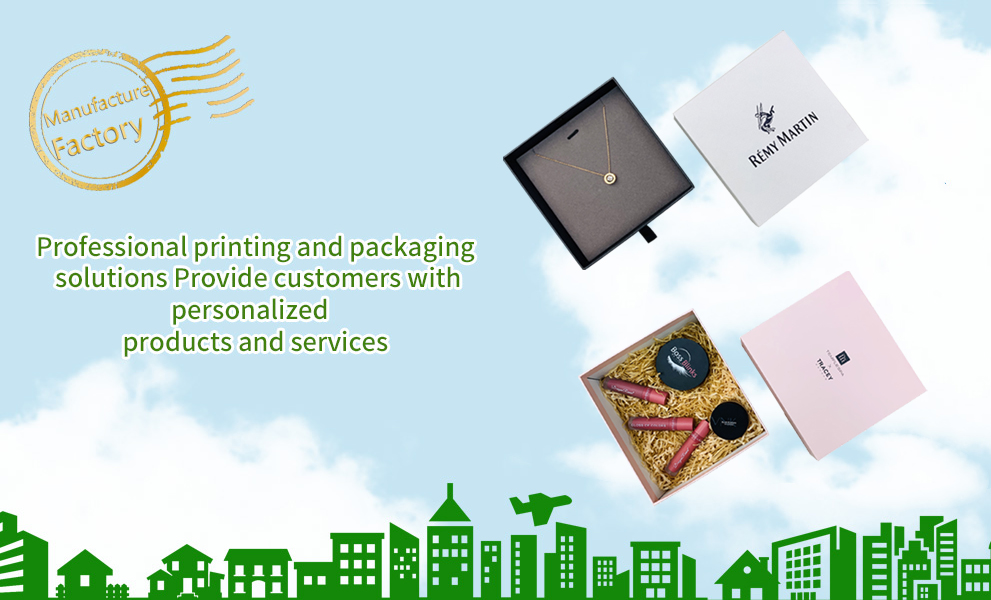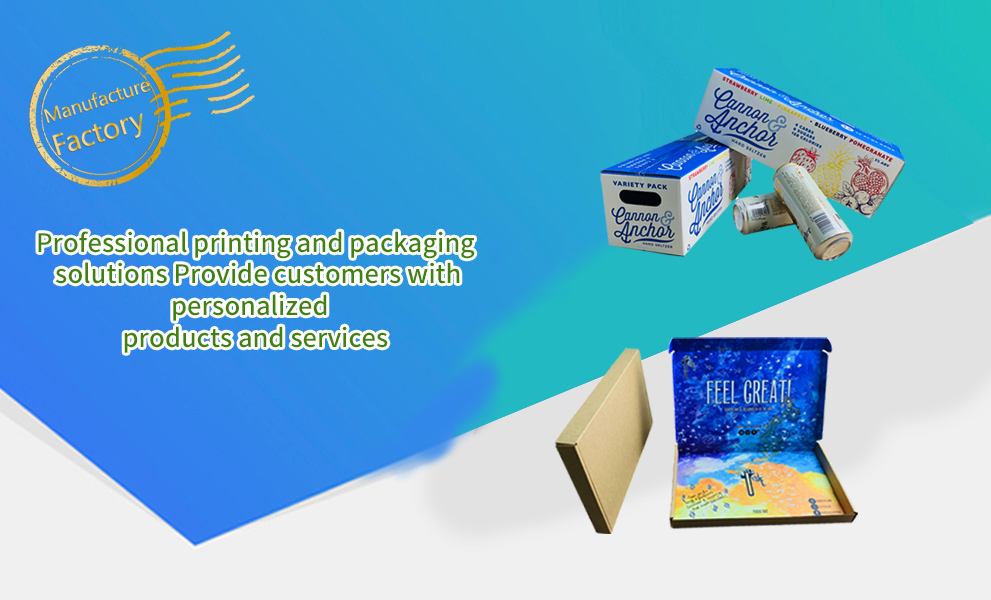What is image resolution? Why emphasize it?
The high-resolution image contains more pixels, more image information and clearer performance details than the low-resolution image of the same size, which is one reason to determine the image resolution by considering the output factor. If an image is used for display on the screen, the resolution is 72 pixels / inch; If it is used for printer output of 600dpi, an image resolution of 150 pixels / inch is required; To print, you need a high resolution of 300 pixels / inch. The image resolution setting should be appropriate: if the resolution is too high, the operation speed is slow and the disk space occupied is large; If the resolution is too low, it will affect the expression of image details and fail to meet the corresponding quality requirements.
Why does an image need an image file format? There are several image file formats often involved in prepress. What are the properties of each?
Image file format determines how files are compatible with various application software and how files exchange data with other files. Since there are many image formats, the format of the image should be determined according to the purpose of the image. The commonly used image file formats in the design are: TIFF format: TIFF is an image file with label, which is used to save the image composed of color channel. Its biggest advantage is that the image is not limited by the operating platform. It can be used in general whether PC, MAC or UNIX. It can save alpha channel and store color separation data in a file. It is the most commonly used image format for printed files. EPS format: EPS format is used for printing and printing. It can save duotone information, alpha channel, path and screening information. GIF is an 8-bit format that can only express 256 levels of color. It is a common format for network transmission images, which can not be used for printing. PSD is mainly used as an intermediate transition of image files to save image channels and layers for later modification. This format has poor generality. Only Photoshop can use it. Few other applications support it, and it can not be directly used for print output. JPE is not only a file format, but also a compression method. This compression is lossy, with varying losses. Some are too small for human eyes to distinguish, and can not be directly used for printing and output.
What is printing color?
Printing color is the color composed of different percentages of C (green), m (magenta), y (yellow) and K (black), so it is more reasonable to call it mixed color. C. M, y and K are the four primary colors commonly used in printing. When printing, these four colors have their own color plates. The dot of this color is recorded on the color plate. When the four color plates are combined together, the defined primary color is formed. In fact, the dots of the four printing colors on the paper are separated, but the distance is very close. Because our eyes have limited resolution, we can't distinguish them. The visual impression we get is the mixing effect of various colors, resulting in various primary colors. Y. M and C can synthesize almost all colors, but they also need black, because the black produced by Y, m and C is impure, and a purer black is required during printing. The electronic documents used for printing must be four-color documents (i.e. C, m, y and K). Documents in RGB color mode cannot be used for printing output. Remember!!
What is color separation? Is color separation that important? How to separate colors in Photoshop?
Color separation is a printing professional term, which refers to the decomposition of various colors on the original into four primary colors: yellow, magenta, cyan and black; In computer printing design or graphic design image software, color separation is to convert the color mode of scanned images or images from other sources into CMYK mode. Generally, the scanned images are in RGB mode, and the images taken with digital cameras are also in RGB mode. Most of the pictures downloaded from the Internet are in RGB color mode. If you want to print, you must separate the colors into four colors: yellow, magenta, cyan and black, which is the requirement of printing. If the image color mode is RGB or lab, only the K version may have dots during output, that is, only the color information of the image is interpreted as gray during rip interpretation. In Photoshop, the color separation operation is actually very simple: you only need to convert the image color mode from RGB mode or lab mode to CMYK mode. In this way, the color of the image is represented by the pigment (ink), with four color channels. When outputting the film, the image will generate dots according to the color channel data, and be divided into four color separation films: yellow, magenta, cyan and black.
During color separation, when the image is transferred from RGB to CMYK, the naked eye can see that some colors on the screen will change obviously. What is the reason? What is the effect on image color?
When the image is changed from RGB color mode to CMYK color mode, some bright colors on the image will produce obvious changes, which can be observed sometimes, and generally change from bright colors to darker colors. This is because the color gamut of RGB is larger than that of CMYK, that is, some colors that can be expressed in RGB color mode will exceed the color range that CMYK can express after being converted to CMYK, and these colors can only be replaced by similar colors. Therefore, these colors have changed significantly. When making electronic documents for printing, the online design printing platform printer Alliance Network recommends that the initial document setting is CMYK mode to avoid using RGB color mode, so as to avoid color deviation during color separation conversion.
What is the best color mode for design images?
In Photoshop, the color modes of images include RGB mode, CMYK mode, grayscale mode and other color modes. For the design image mode, what mode to use depends on the end use of the design image. If the designed image is to be printed or printed, it is best to use CMYK color mode, so that the color seen on the screen is close to the output printing color or printing color. If the image is gray, grayscale mode is better, because even if the image is expressed in CMYK color mode, it still looks neutral gray, but its disk space is much larger. In addition, if the gray image needs to be printed, if it is expressed in CMYK mode, there are four versions during film production and printing, which is expensive. It may also cause color deviation when the gray balance is not well controlled during printing. When the amount of one color printing ink is too large, the gray image will have color deviation. If the design is used for electronic media display (such as web page, computer projection, video recording, etc.), the color mode of the image is best to use RGB mode, because the color of RGB mode is brighter and richer, and the picture is better. Moreover, there are only three channels of images, the amount of data is smaller, and the disk space is also less.
What are spot color and spot color printing?
Spot color refers to that when printing, the color is not synthesized by printing C, m, y and K, but specially printed with a specific ink. Spot color inks are premixed by a printing factory or produced by an ink factory. For each spot color of printed matter, there is a special color plate corresponding to it during printing. Use spot color to make the color more accurate. Although the color cannot be accurately represented on the computer, the accurate color of the color on the paper can be seen through the pre printed color sample card of the standard color matching system. For example, the Pantone color matching system creates a very detailed color sample card. For the non-standard spot color set in the design, the printing factory may not accurately allocate it, and the accurate color cannot be seen on the screen. Therefore, if it is not for special needs, do not easily use the spot color defined by yourself.
How are gold and silver printed? What are the requirements for prepress design?
In the design, printing customers often require gold and silver printing. Because gold and silver cannot be realized by four-color printing, their printing and technology have special requirements. When printing, gold and silver are treated according to the spot color, that is, gold ink and silver ink are used for printing, so the film should also be spot color film. A film is produced separately and printed separately. In computer design, we should define a color to represent gold or silver, and define its color type as spot color to meet the design requirements. Since gold, silver and silver are opaque, the contents of gold and silver can be set as overprint in design.
What is bleeding? Why bleed?
For any image exceeding the cutting line, a certain margin (generally 3mm) must be reserved outside the cutting line to allow a small amount of plate misalignment during trimming and cutting. This margin is called bleeding.
What is the printing process like?
Pre printing work generally refers to photography, design, production, typesetting, film production, etc; In the middle of printing, the finished product is printed by the printing press. Film (film) cannot be directly used for printing. The color plate used for printing is usually called PS plate. It is an aluminum metal plate, and one side of the color plate is covered with drug film. The function of film is to fix the drug film on the color plate during exposure. The specific operations are as follows: cover the film on the side covered with the drug film on the color plate and expose it under the purple light. Where the film is completely transparent, the color plate will be fully illuminated by the purple light and the drug film will be completely decomposed. Where there are images or words on the film, the drug film on the color plate will not be decomposed or will not be completely decomposed due to opacity or incomplete transparency, The decomposed film is cleaned so that the image on the film is completely transferred to the color plate. During printing, the ink will be adsorbed where there is a drug film on the color plate. The amount of adsorbed ink varies with the density of the drug film, so there is a difference between the depth of the color. The paper is colored by four color plates C, m, y and K in the printing press, and all kinds of colors come out. Post printing work generally refers to the post-processing of printed materials, including cutting, film covering, die-cutting, binding, mounting, etc. it is mostly used for publicity and packaging printed materials.
matters needing attention
The files made of what software are saved in the format of the software, and indicate the operating system and software version used if necessary, so as to reduce the probability of error.
It is better not to use non professional plane typesetting software for output production. Such documents (such as word and Excel files) are difficult or even can not print the ideal effect.











